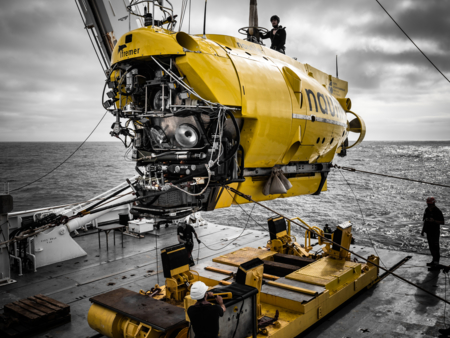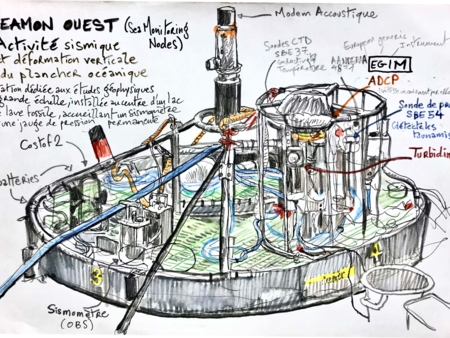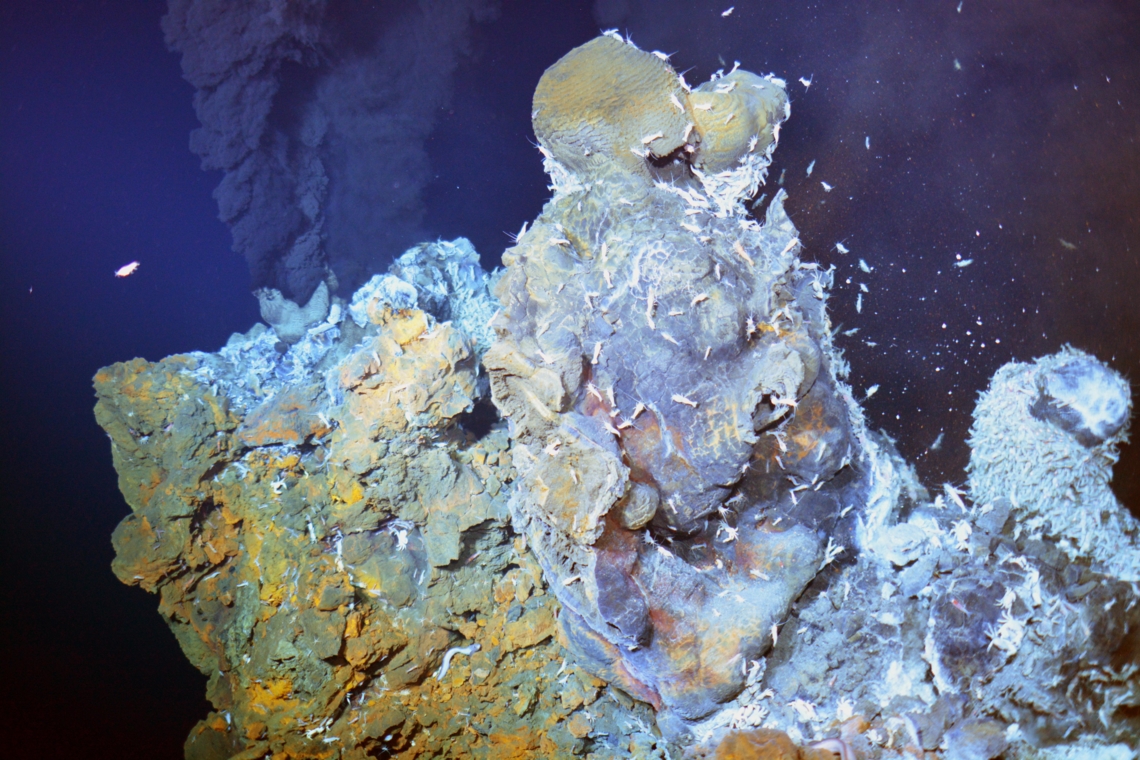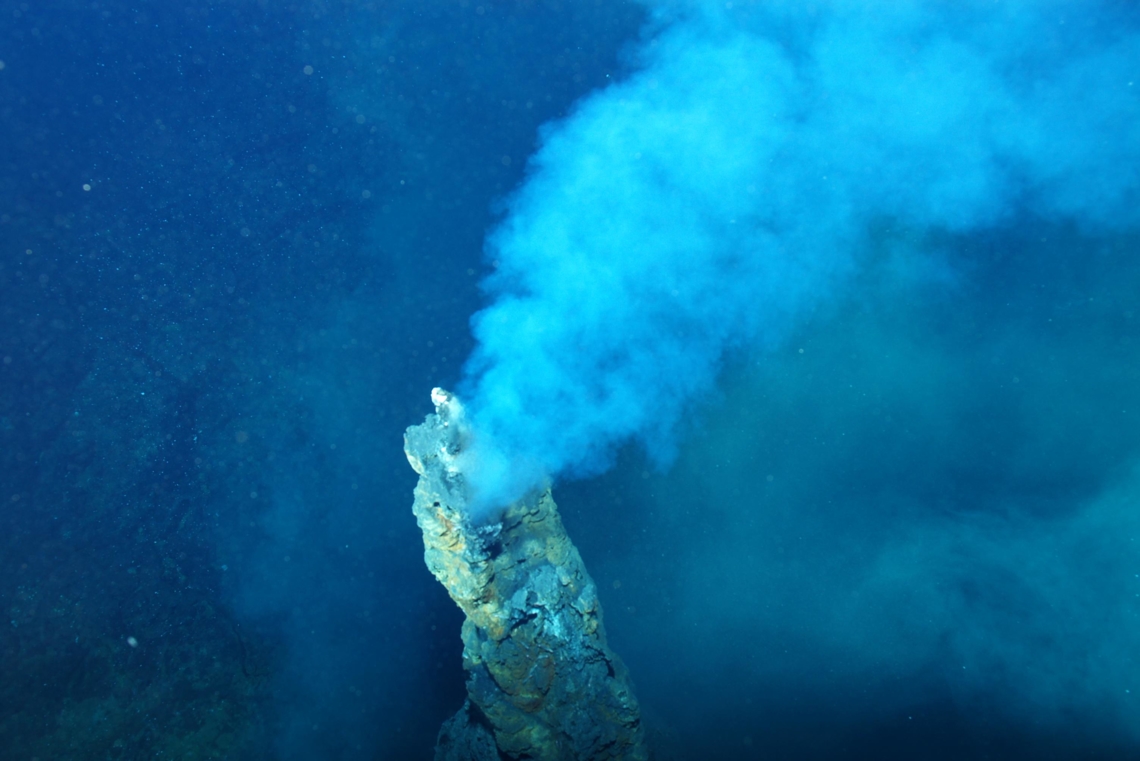Project overview
Context
The deep sea, defined as water and seafloor below 200 meters, is the largest biome on Earth accounting for 92% of the global ocean. This species-rich biome harbours numerous ecosystems including vast abyssal plains, mountain chains and canyons as well as cold-water corals, sponge grounds, hot vents and cold seeps.
However, the so far relatively “pristine” deep sea is at potential risk of biodiversity and ecosystem function loss due to anthropogenic activities, including deep-sea mining. Although mineral exploitation of deep-sea resources has not yet started, the International Seabed Authority as part of its mandate defined in the UN Convention of the Law of the Sea is drafting the mining code that shall regulate exploitation in the ocean floor and subsoil thereof, beyond the limits of national jurisdiction. The ISA mandate includes the effective protection of the marine environment from harmful effects that may arise from deep-seabed related activities.
DEEP REST aim at developing a novel approach to improve our capacities for science-based spatial planning and management in two ecosystems threatened by deep-sea mining. It is extremely timely, as it directly addresses the concerns of policy-makers in a moment when seabed mining and its associated regulations are rapidly developing from exploration to exploitation.
Main activities
DEEP REST will develop a novel approach to improve our conservation/restoration capacities in two deep-ocean ecosystems threatened by mining: nodule fields and hydrothermal vents.
By combining data from large areas and across several disciplines, our project will :
- Investigate and compare the biodiversity, functioning and connectivity of biological communities within and across ecosystems, linking to environmental conditions
- Evaluate the recovery potential and resilience of deep-sea communities at different degrees of disturbance, identify indicators of change and characterize tipping points
- Test, through experimentation, the effectiveness of different restoration actions on the recovery of communities
- Evaluate conservation/restoration outcomes in terms of ecosystem services and identify the governance arrangements needed for efficient actions in concertation with stakeholders
- Provide scientific guidance to stakeholders and policy-makers and recommendations to support deep-sea governance, ensuring a sustainable management of resources and conservation of ecosystems
- Communicate with stakeholders on issues linked to the exploitation of deep mineral resources.
The proposed baseline studies are essential to fill knowledge gaps and to better understand the natural dynamics of deep-sea ecosystems, predict their resilience and evaluate potential conservation/restoration actions. Only with fundamental knowledge will we be able to propose relevant hypotheses concerning recovery trajectories and restoration actions needed.
Outcomes and expected impact
DEEP REST will help clarify fundamental questions related to the identification of areas to be set aside for conservation, those that can be mined with minimum harm (if they exist) and those that are most adequate as reference areas to assess mining impacts. Moreover, the elaboration of appropriate restoration and conservation strategies requires addressing socio-economic dimensions.
Indeed, in addition to their valuable mining resources, deep-sea ecosystems provide a wide range of ecosystem services. However, their remoteness makes their valuation difficult. Uncertainty around the quantification of those values cannot be an excuse for inaction and the implementation of a conservation framework is urgently needed prior to the start of exploitation. This is in accordance with the UNCLOS and the globally agreed mandate to protect the open ocean environment as a Common Heritage of Mankind. To this end, the project will address socio-economic issues regarding the design of this framework.
A transdisciplinary analysis will be implemented in order to develop and compare different conservation strategies. This approach, combining interdisciplinarity and stakeholder engagement, will have a real impact on the conception of conservation and restoration protocols, including recommendations for the design of MPA networks that will contribute to Aichi target 11 of the Convention of Biological Diversity.
Project contribution to policies and society
DEEP REST connects some of the most active deep-sea scientists in the field to experienced economists and jurists. Its strength lies in the integration of scientific knowledge across regions combining the wealth of multidisciplinary data collected by contractors and in previous national and EU projects with new key results to formulate concrete management actions and policy advice.
Our strong engagement with stakeholders will lead to better-informed research, resulting in the development of improved management strategies for the ecosystems under consideration for mining. A strategic assessment of conservation and restoration scenarios will be carried out in a participatory manner to integrate knowledge and concerns from scientist, industry and NGO experts.
Experiment / case studies
The inherent novelty of DEEP REST is the integration of environmental and biological data and the comparison of ecological processes between two contrasting ecosystems to identify key traits and functions affecting community resilience. New scientific tools, including trait-based and random-forest modelling approaches will be applied to connect biological and environmental variables across different scales.
The underlying processes at stake for the recovery of disturbed deep-sea ecosystems will be identified through experimentations which will be used to better understand ecosystem functioning, assess resilience and recovery potential in real exploitation conditions. Although restoration is recognized as a potential way to mitigate mining impacts, there is a lack of empirical experience to predict if restoration can be effective in the remote ecosystems considered here.









